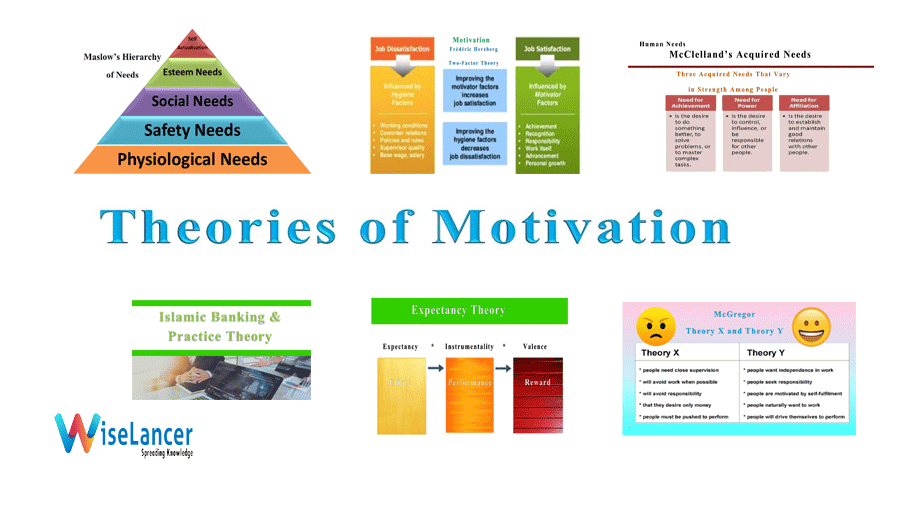Achievement Theories
Theories of Motivation
Equity Theory

This theory explains the motivation of the employees of a company. The theory of equity originated in the 1960s, following the research and experiments carried out by psychologist John Stacey Adams.
The basis of this theory states that every employee in the workplace will compare their situation (workload, salary, benefits, etc.) with other personnel within or outside the workplace. Such a comparison can result in unfairness that will push the employee towards taking action to restore balance. Therefore, searching for “justice” is essential for individual motivation (Effraty & Sirgy, 2000).
The equity ratio: a means of comparison. Every employee creates an equity ratio by relating remuneration for their work with the effort invested. Remuneration comprises salary and all the benefits from which the employee benefits (working conditions, recognition, etc.).
As per Adams, the equity ratio for every employee is calculated as follows:
Equity Ratio = Remuneration / Contribution
This calculation is not based on concrete variables: the company employee gives a value to every element of contribution and remuneration in accordance with his personal opinion. This ratio will make sense when compared to other employees. This comparison derives three feelings:
✔️ Feeling of fairness if the ratios are identical,
✔️ Feeling of under-equity when the staff ratio is lower,
✔️ Feeling of over-fairness if this ratio is higher.
A company employee may develop a feeling of under-equity within the company (feeling of being underpaid than other colleagues for equivalent efforts) as well as of over-equity concerning external situations (feeling of certainly being treated less than those of other colleagues, however, this situation might not improve with another employer) (Elias & Yaakub, 2009).
Under-equity leads to action.
The feeling of fairness will create satisfaction: establishing the status quo, irrespective of the pay scale level. On the other hand, inequity, and specifically under-equity, is a source of strain. It results in a change in employee behavior, intending to restore justice:
✔️ Search for increased income: request for increases, bonuses or additional benefits,
✔️ Action over an employee with a higher ratio: non-transmission of information, non-cooperation, “sabotage” of work.
✔️ Demotivation: limitation of efforts and absenteeism
The feeling of under-fairness can be collective and concern within your company, serving as a whole (example: “salespeople are better treated than marketing in banks”).
Over-equity also leads to action: employees generally tend to increase their contributions. They can also alleviate those of others by helping them.
Critics of the theory state that the theory supports the notion that the employee’s motivation level always tends to reduce when the input and output ratios are compared with others. For example, when employees are given their performance appraisal outcomes in a bank, some may rank higher based on their performance, whereas some may be less ranked despite many efforts. Those who are ranked highly are rewarded, whereas those who remain active in their positions. Equity theory relates to this situation, and Feight, Ferguson, Rodriguez, & Simmons (2006) indicates that this aspect is undoubtedly demotivating in any circumstance.
